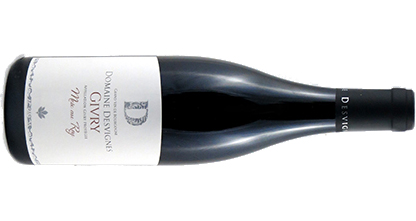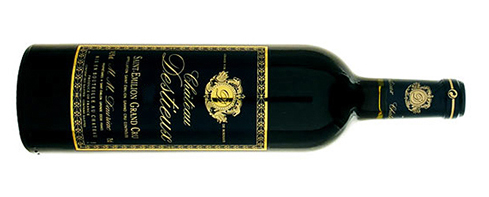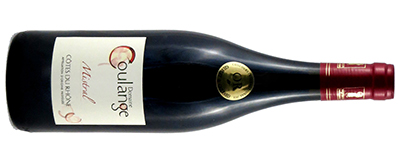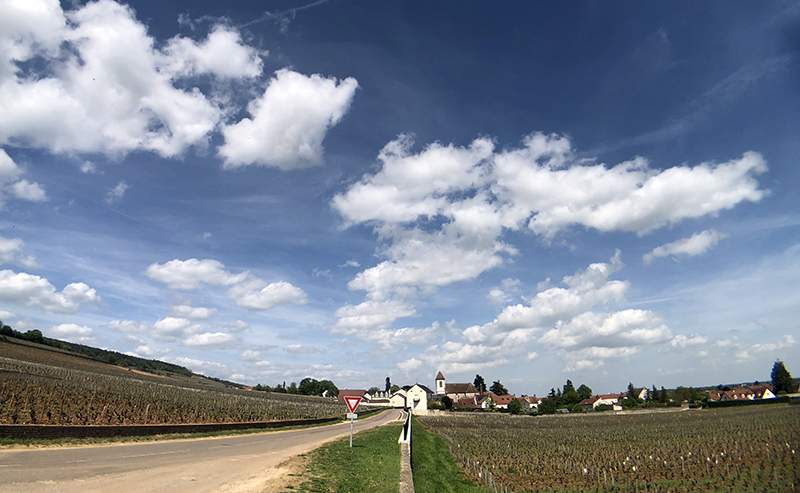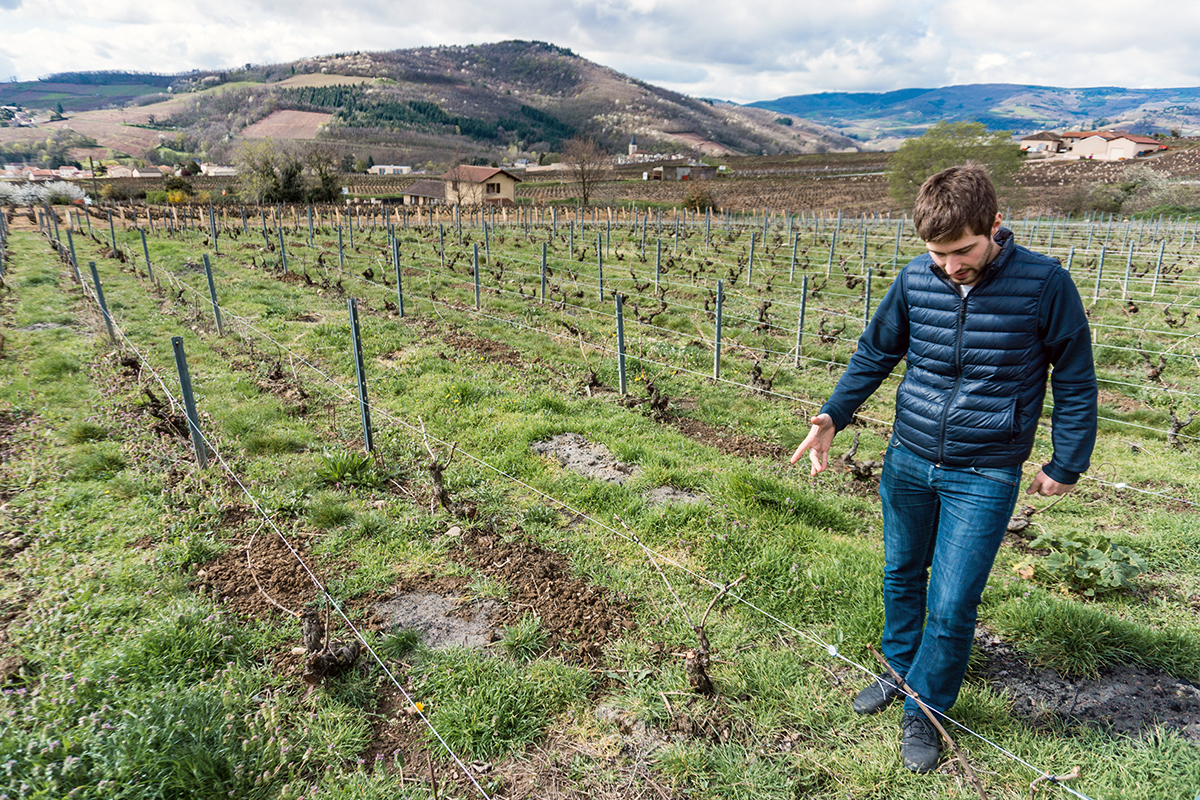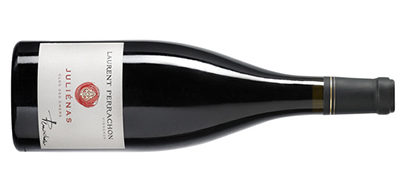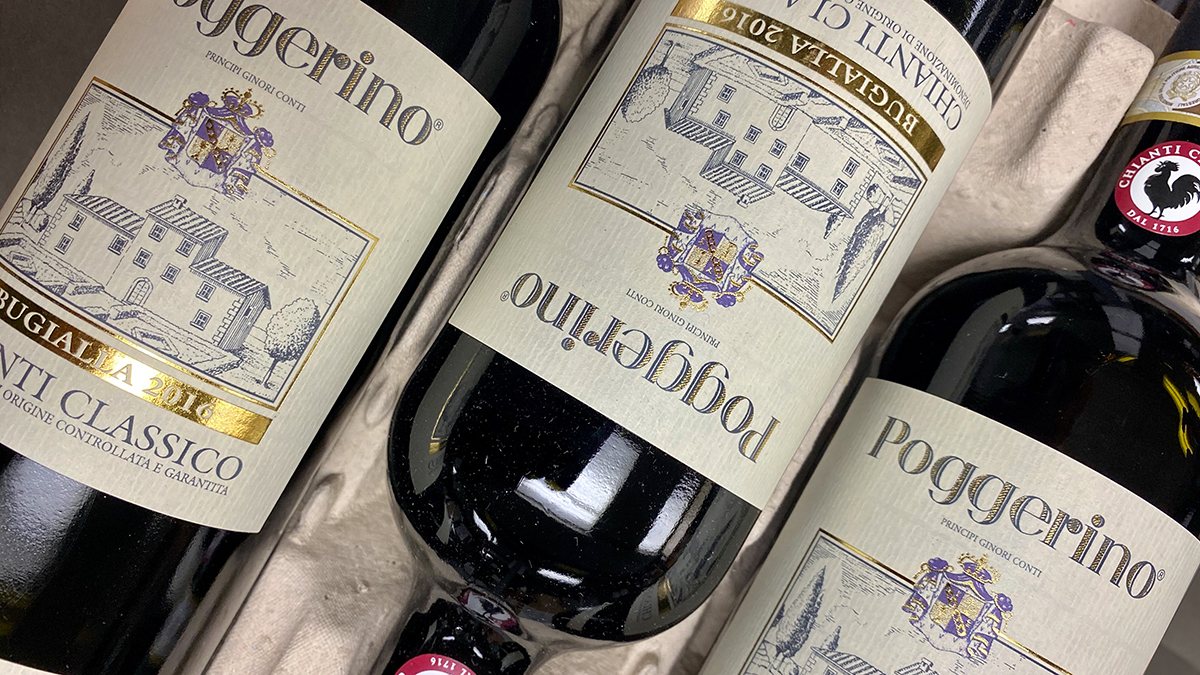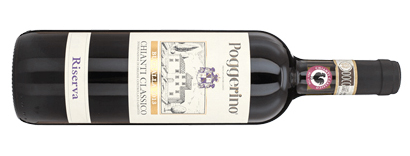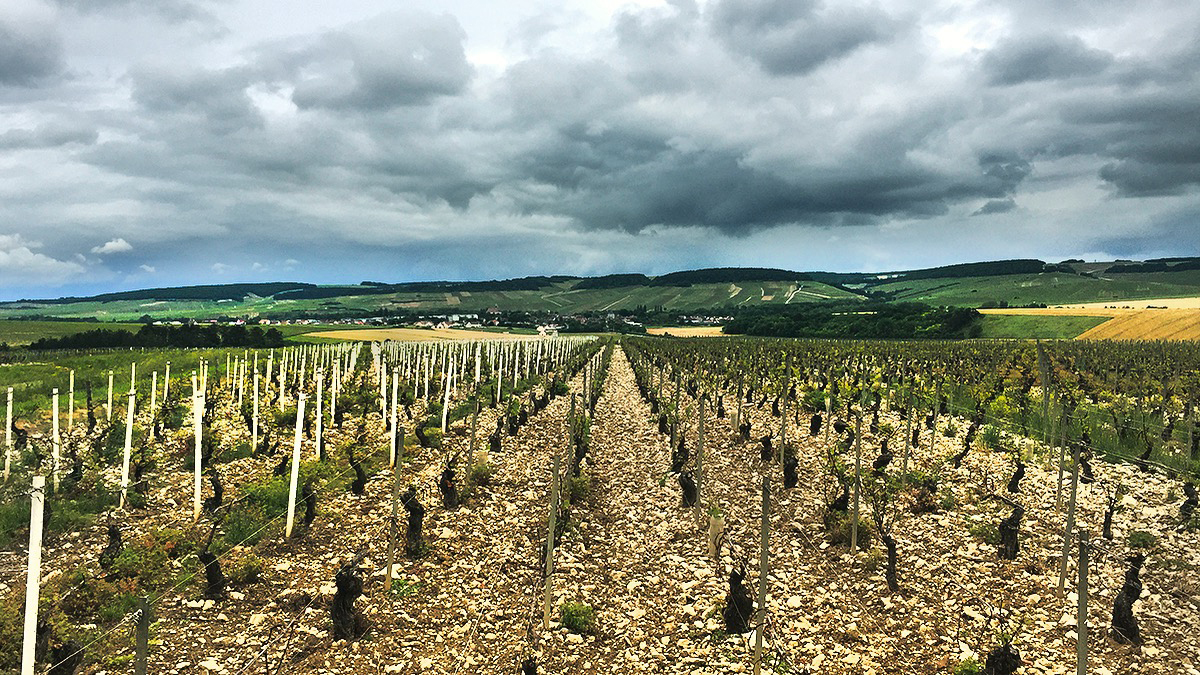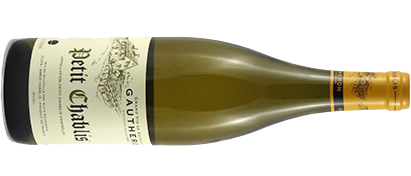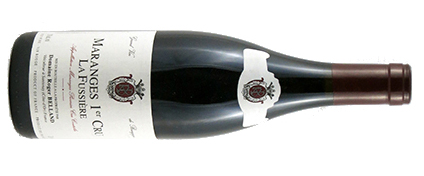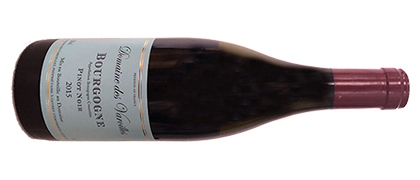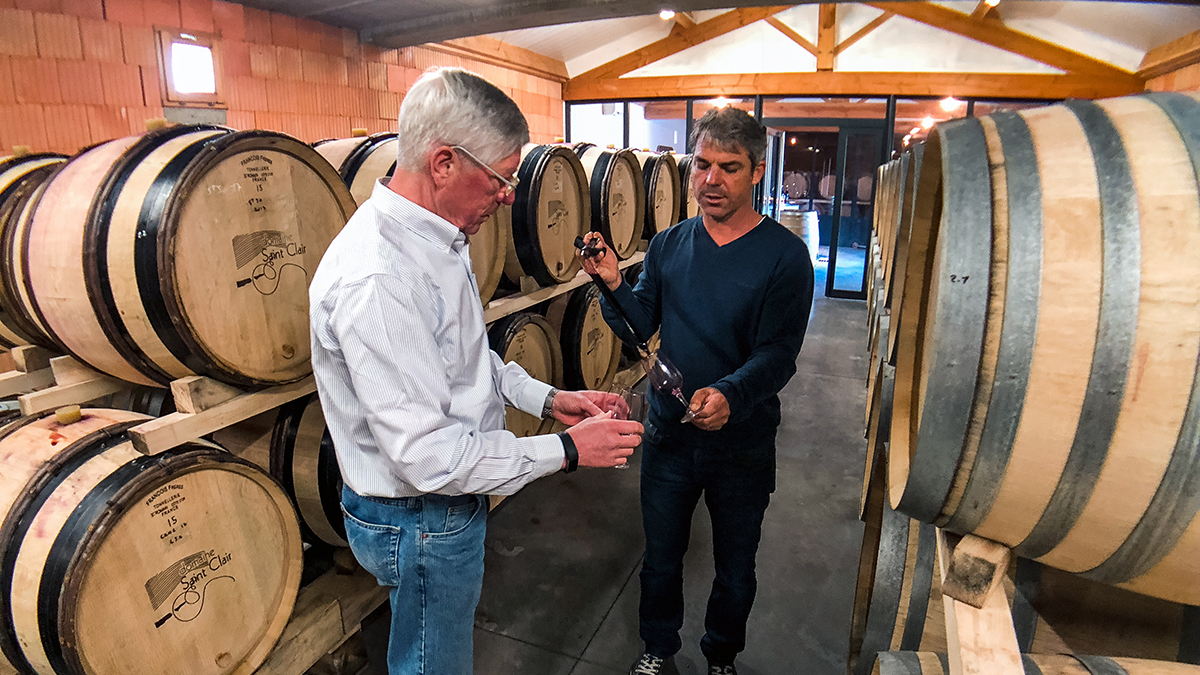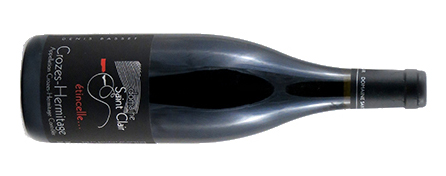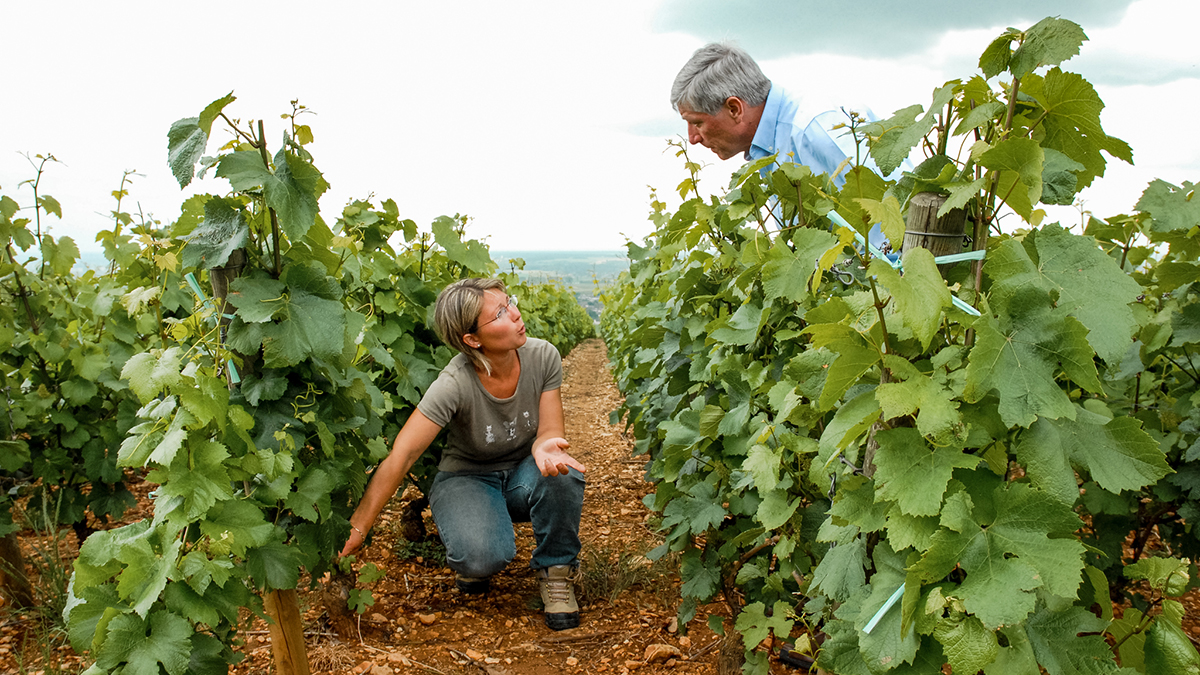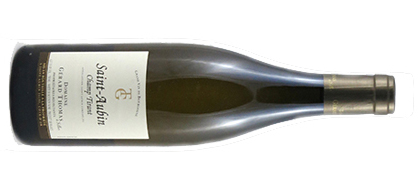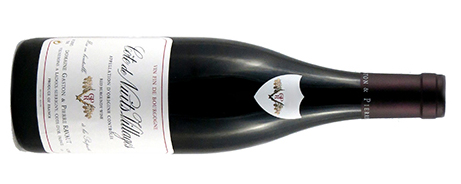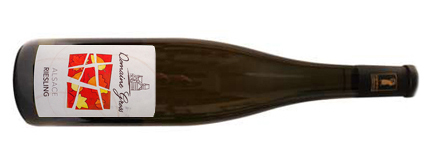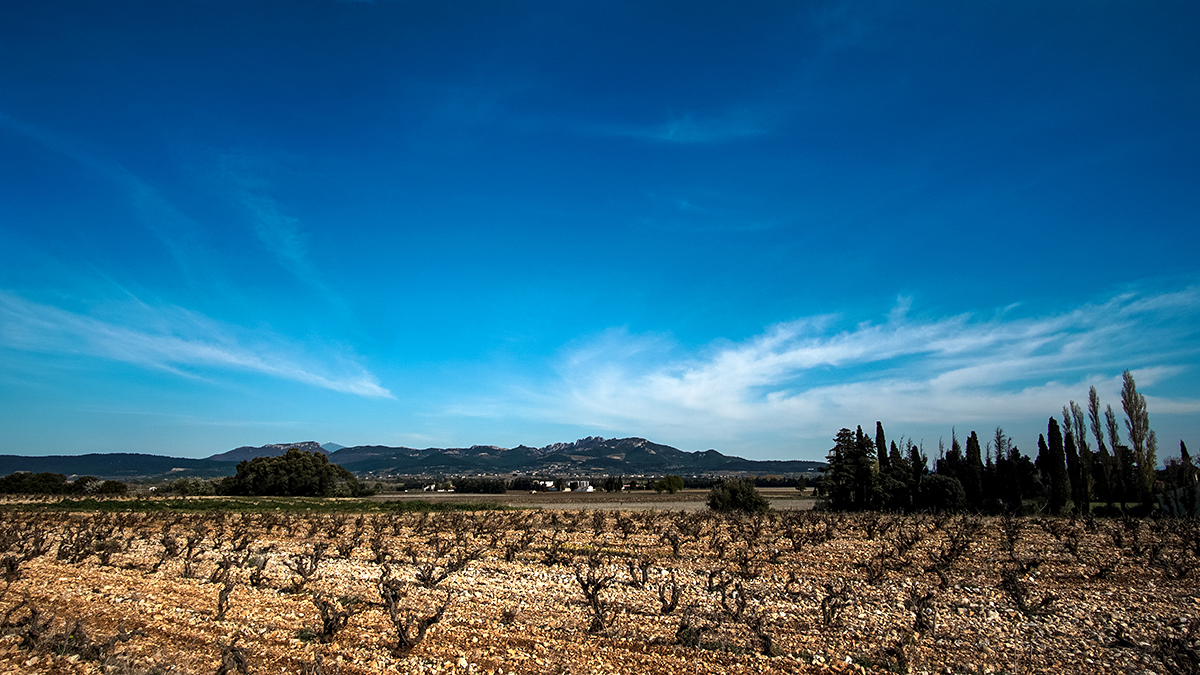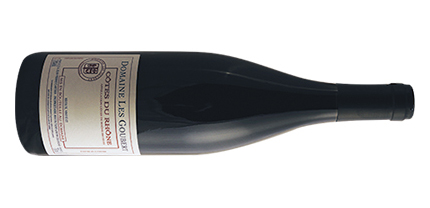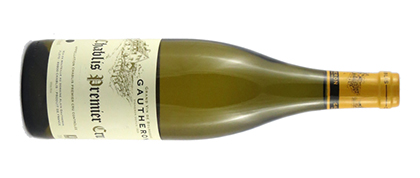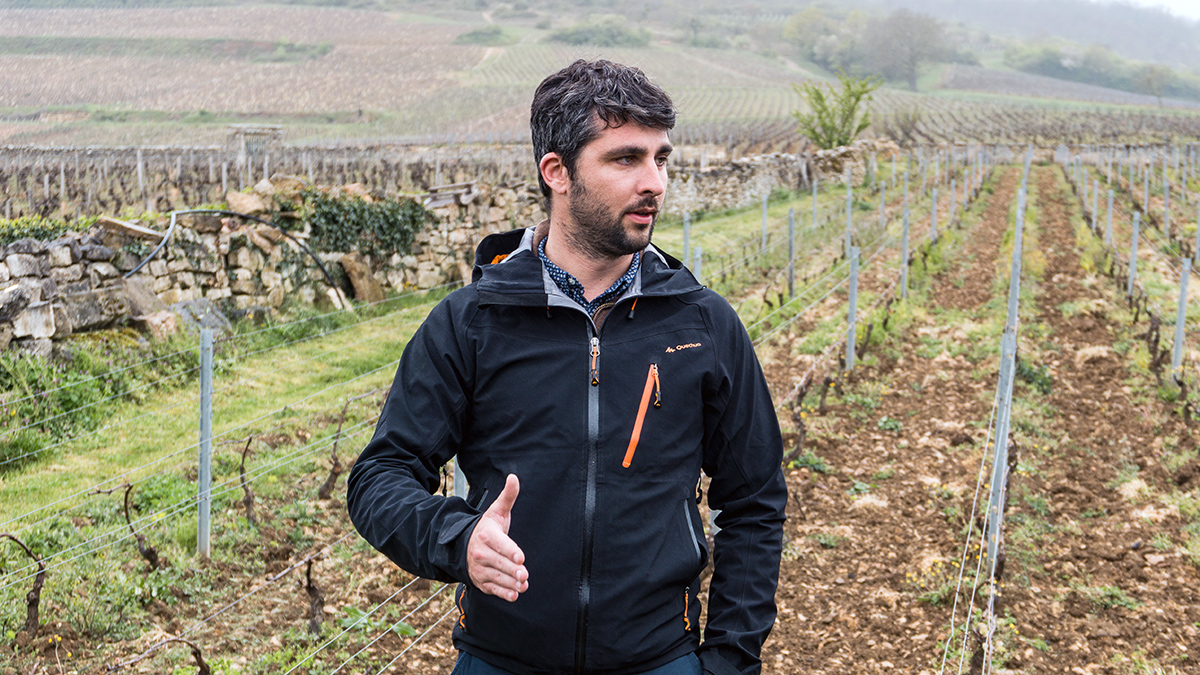
The Côte d’Or is home to nearly all of Burgundy’s most famous wines. As monks discovered centuries ago, the region’s combination of soil, exposition, slope, and weather makes it a near-perfect place to grow Pinot Noir and Chardonnay.
But to ignore the rest of Burgundy would be a mistake. It may be more difficult to produce great wines outside the Côte d’Or, but with a skilled winemaker and a great vintage, the results can be excellent. Gautier Desvignes’s 2015 reds are juicy, complex, and delicious.
Gautier Desvignes is a young winemaker who took over his family’s domaine a few years ago. He has brought new energy and modern techniques to the winemaking, and the results have been nothing short of exceptional. He’s managed to transform a humble, traditional family winery into one making some of the most popular wines in our portfolio, and in the process caught the eye of the international wine press.
His 2015 village level Givry “Meix au Roy” 2015 drinks far above its $25 price tag. The nose is ripe and beautifully textured, with notes of cherry jam, violets, stones, and baking spices. The mouth is fresh and young but not at all harsh, with a rich, juicy attack followed by a smooth, perfectly balanced, mouthfeel that’s far more refined than most Givry.
It’s hard to imagine a better Burgundy value at $5/glass.
____________________________
Desvignes Givry 2015
bottle price: $25
FREE EAST COAST SHIPPING ON ANY 12 BOTTLES

